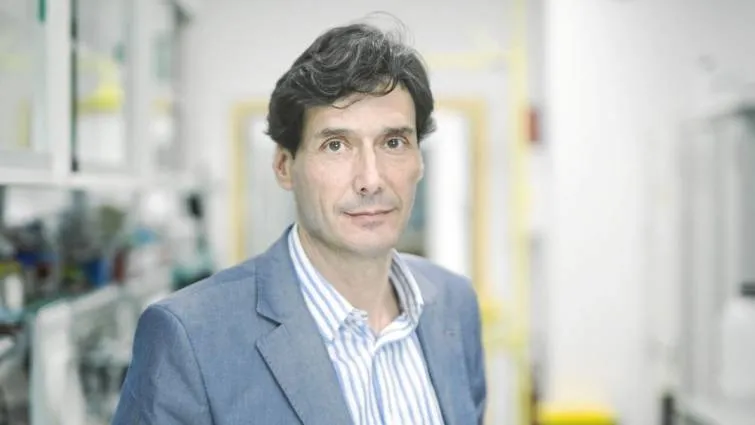Many diseases are caused by the accumulation of damage and errors in the cells, so that if a technique was achieved that could eliminate these damaged cells and reprogram others to restore the functionality of the affected tissues, there would probably be a great advance in the treatment in the treatmentof diseases such as diabetes, heart infarction, cancer, obesity or atherosclerosis.
It is in this context that the team led by Dr. Manuel Serrano, Professor of ICREA and researcher at the Biomedical Research Institute (IRB Barcelona) works.
Years ago he discovered one of the most important genes against cancer, the P16 gene, and after years of research around its operation, it came to the conclusion that these genes not only protect us from cancer, but from other diseases such asDiabetes, for example.
The explanation lies in the fact that diseases, in general, are caused by damage and errors in cells and these genes are responsible for damaged cells to be eliminated, which protects us from many diseases.
"If we eliminate damaged cells, great improvements are achieved in the function of aged tissues, that is, they are rejuvenated," says Serrano, who points out that, "for now it has already been possible to delay and reverse the aging of small mammals, such as mice, such as mice,with the use of experimental drugs thanks to the elimination of damaged cells ».
This has been a revolution, but the elimination of damaged cells is also combined with cell reprogramming, it is very possible that great advance in the treatment of these diseases are produced.That is, precisely, what is working on Dr. Serrano's team, which has the support of the La Caixa Banking Foundation.
Cellular reprogramming allows the function, the program, of the cells to be changed in the laboratory, so that it is possible to start from cells extracted from the skin or blood of a patient to generate very difficult cells to extract.While making this come true in a laboratory was a great advance, there was still a great difficulty to overcome: how to introduce those cells created in the laboratory into the sick tissue that you want to cure.
"Among the many research routes, one consists in performing that reprogramming within the body itself, we tried and worked," says Serrano, who nevertheless advances that "we have not yet reached the practical application in this field."
"We already know ways of modulating with drugs the cell reprogramming within the body, but we still continue to depend on the artificial introduction of some genes," explains the teacher, and adds that "to reach the application in patients it is desirable to use only traditional drugs andno genes ».


